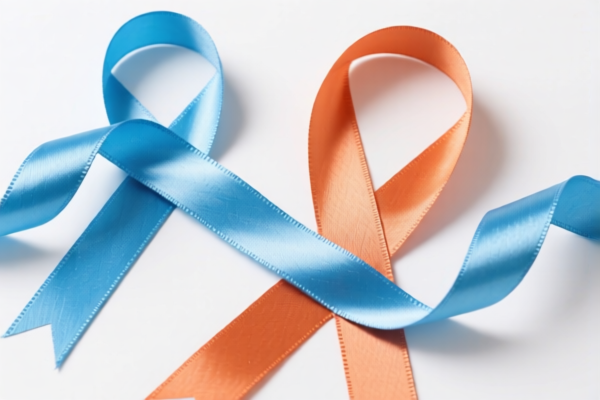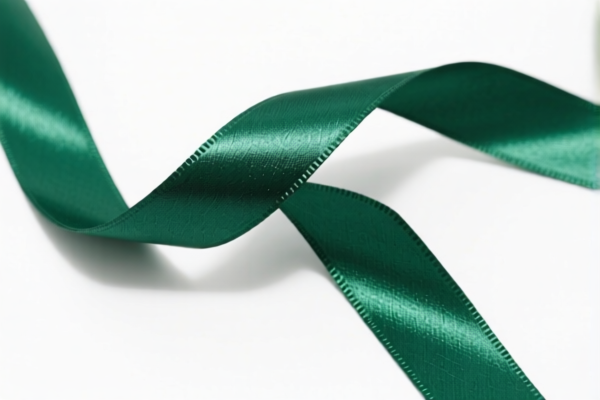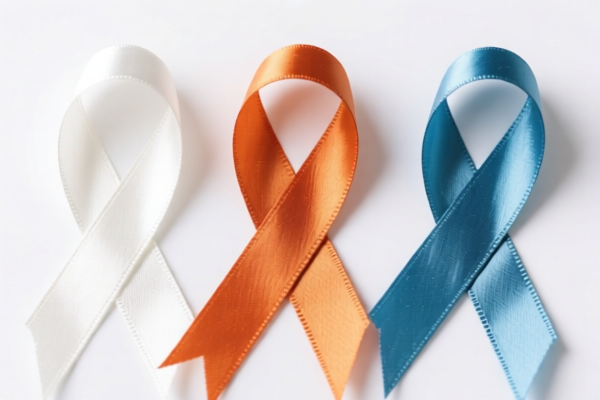| HS Code | Official Doc | Tariff Rate | Origin | Destination | Effective Date |
|---|---|---|---|---|---|
| 9606104000 | Doc | 58.5% | CN | US | 2025-05-12 |
| 9606108000 | Doc | 57.7% | CN | US | 2025-05-12 |
| 7319402010 | Doc | 67.0% | CN | US | 2025-05-12 |
| 7319402050 | Doc | 67.0% | CN | US | 2025-05-12 |
| 8308100000 | Doc | 1.1¢/kg + 2.9%+55.0% | CN | US | 2025-05-12 |
| 8308909000 | Doc | 57.7% | CN | US | 2025-05-12 |




Safety Pin
A safety pin is a modern, spring-loaded mechanical fastener, used to temporarily join two pieces of fabric or other thin materials together. It is a common household item and a ubiquitous tool in sewing, first aid, and various other applications.
Material
Originally constructed from steel, safety pins are now commonly made from:
- Steel: Provides strength and durability, often with a protective coating to prevent rust.
- Stainless Steel: Offers superior corrosion resistance, suitable for medical or damp environments.
- Brass: Used for decorative pins or in applications where rust prevention is paramount.
- Plastic: Primarily used for baby safety applications or where metal detection avoidance is needed.
Purpose
The primary purpose of a safety pin is to securely fasten materials without leaving permanent holes like traditional pins. It is designed to prevent the sharp point from being exposed, reducing the risk of accidental punctures.
Function
A safety pin consists of a wire bent into a spring-loaded clasp. Key components include:
- Point: The sharp end that penetrates the material.
- Clasp: A curved section that encloses the point when closed, preventing it from detaching.
- Spring: Provides the tension to keep the clasp closed and secure.
- Head: The rounded end used for gripping and manipulation.
The clasp is opened by pulling the two ends apart, allowing the point to be inserted through the materials. Releasing the ends causes the spring to close the clasp, encapsulating the point and locking the pin in place.
Usage Scenarios
- Clothing Repair: Temporarily fixing broken straps, seams, or closures.
- First Aid: Securing bandages, slings, or dressings.
- Sewing: Holding fabric layers together before permanent stitching.
- Jewelry Making: Fastening beads or components in temporary designs.
- DIY Crafts: Various applications in model making, scrapbooking, or other creative projects.
- Badge/Pin Attachment: Affixing small items to clothing or bags.
- Emergency Situations: Versatile tool for improvised repairs or securing items.
Common Types
- Standard Safety Pins: The most common type, available in various sizes (small, medium, large).
- Long Safety Pins: Used for thicker materials or applications requiring greater reach.
- Baby Safety Pins: Specifically designed with a plastic head and safety features to prevent accidental injury. Often feature a rounded tip.
- Decorative Safety Pins: Available in various colors, finishes, and designs for aesthetic purposes.
- Heavy Duty Safety Pins: Constructed from thicker wire for securing heavier materials.
- Locking Safety Pins: Feature a locking mechanism to prevent accidental opening.
Safety pins are small, sharp objects used to fasten materials together. They are commonly used in clothing, first aid, and various craft applications.
The following HS codes are relevant to safety pins, based on the provided information:
- 7319.40.20.10: This HS code falls under Chapter 73, which covers articles of iron or steel. Specifically, it covers sewing needles, knitting needles, bodkins, crochet hooks, embroidery stilettos and similar articles for use in the hand, of iron or steel; safety pins and other pins of iron or steel, not elsewhere specified or included. The subheading .40 refers to safety pins and other pins. The further specification .20.10 denotes Safety pins On cards.
- 7319.40.20.50: This HS code also falls under Chapter 73, covering articles of iron or steel. It specifically covers sewing needles, knitting needles, bodkins, crochet hooks, embroidery stilettos and similar articles for use in the hand, of iron or steel; safety pins and other pins of iron or steel, not elsewhere specified or included. The subheading .40 refers to safety pins and other pins. The further specification .20.50 denotes Safety pins Other.
Tax Rate Details:
For both 7319.40.20.10 and 7319.40.20.50:
- Basic Tariff: 4.5%
- Additional Tariff: 7.5%
- Tariff after April 2, 2025: Additional Tariff increases to 30.0%
- Additional Tariff for steel and aluminum products: 25%
- Total Tariff: 67.0%
Important Note: Regarding HS codes 7319.40.20.10 and 7319.40.20.50, please note the additional 25% tariff applicable to steel products.
Customer Reviews
No reviews yet.